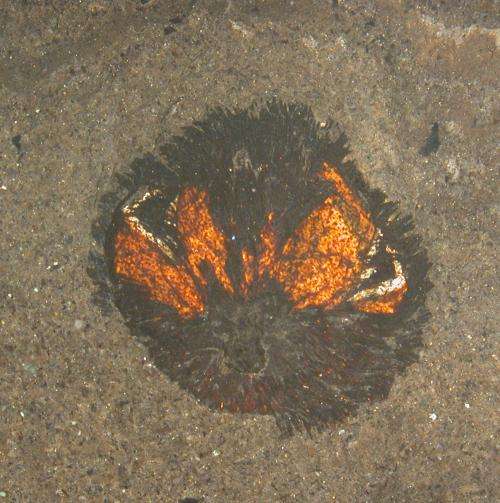Nearly 500 new species discovered at Senckenberg
senckenberg.jpg)
In the last two years scientists at the Senckenberg research institutes have discovered and described almost 500 new species. Taxonomy and scientific collections are among the most important focal points of the Senckenberg Gesellschaft für Naturforschung.
Whether in the deep sea of the Antarctic, in the rainforests of Laos or in domestic, pastoral landscapes – scientists from the ten Senckenberg institutes have discovered new species of plants and animals everywhere. They have even made new discoveries in allegedly familiar research collections – either by studying previously unidentified material or using new research methods. "The objective always is to record and preserve the diversity of life on earth, in other words, biodiversity," explains Prof. Dr. Dr. h.c. Volker Mosbrugger, Director General of the Senckenberg Gesellschaft für Naturforschung.
491new species from all parts of the globe were described in the last two years by Senckenberg scientists. The extent of new discoveries ranged from colourful island crabs to the Yellow Dyer Rain Frog and fossilised woodpeckers to the first eyeless huntsman spider. Some of the animals have barely been discovered and are already threatened with extinction. "Taxonomy also serves to protect animal species," explains Dr. Peter Jäger, arachnologist at Senckenberg and himself the discoverer of 46 new spider species in 2011 and 2012. "Only those who know the species variety can develop the necessary protection programmes." After all, over 100 animal species still die out every day – despite all of the new discoveries.
senckenberg.jpg)
In 2011 and 2012 Senckenberg researchers discovered 404 living species and 87 fossilised species, of which 416 live on land and 75 in the oceans. Most of the new species (324) come from Asia, while no fewer than 96 species come from Europe. As expected, due to their renowned biodiversity, the arthropods (which include insects, spiders, crabs and myriapods) led the pack of new discoveries with over 300 species, followed by molluscs (64) and plants (30). Both genetic and traditional methods such as morphological examinations were used. "2012 was the most successful Senckenberg year so far, with 331 newly discovered species," adds Mosbrugger and continues: "We have therefore described around two percent of all newly discovered species worldwide."

In the last 5 years Senckenberg scientists have discovered over 1,100 new species. Yet the biologists and palaeontologists do not plan to rest on their laurels. "Estimates to date on the global diversity of species differ greatly: experts estimate the number to be between three and 100 million species," explains Jäger. What is certain is that most of them have never been seen by humans.
There still remains much to do and there are many exciting things yet to be discovered in the field of taxonomy at the Senckenberg institutes.
Provided by Senckenberg




















